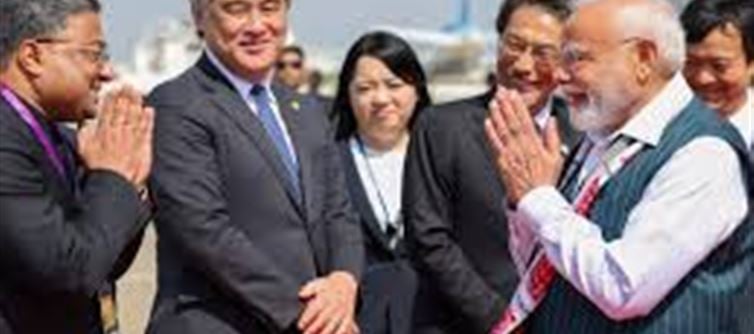Prime
minister Narendra Modi left for a five-day visit to
japan and China. The main objective of this visit is to strengthen bilateral, strategic and economic relations. This visit is considered very important amid the US tariff dispute. First of all, PM Modi will go to
japan, where he will participate in the 15th India-Japan Annual Summit. This visit is taking place at the invitation of Japanese
prime minister Shigeru Ishiba.
Focus on strategic and economic partnership
PM Modi said that during the visit, the two countries will work on the next phase of their strategic and global partnership. This will include expanding cooperation in new technologies like artificial intelligence (AI) and semiconductors along with enhancing trade, investment and defense relations.
Strengthening cultural relations
Modi said that this visit will become an opportunity to further strengthen the civilizational bonds and cultural relations between
india and Japan. After
japan, Modi will visit
china from 30
august to 1 September. Here he will attend the 25th meeting of the
shanghai Cooperation Organization (SCO) in Tianjin at the invitation of President Xi Jinping.
India's role and commitment
PM Modi said that
india is an active and constructive member of the SCO. During its presidency,
india has presented new ideas in the areas of innovation,
health and cultural exchange.
india is committed to tackling common challenges and deepening regional cooperation.
Meeting with global leaders
Modi will also meet President Xi Jinping, Russian President Vladimir Putin and other leaders. This will be his first visit to
china in seven years. During this, the emphasis will be on garnering global support to strengthen the "Make in India" initiative.
Important visit amid US tariff dispute
This visit of PM Modi is strategically very important amid the US tariff dispute. It is expected that the cooperation of
japan,
china and
russia will help
india reduce the impact of US tariffs. Modi expressed confidence that these visits will promote national interests as well as regional and global peace and development.






















